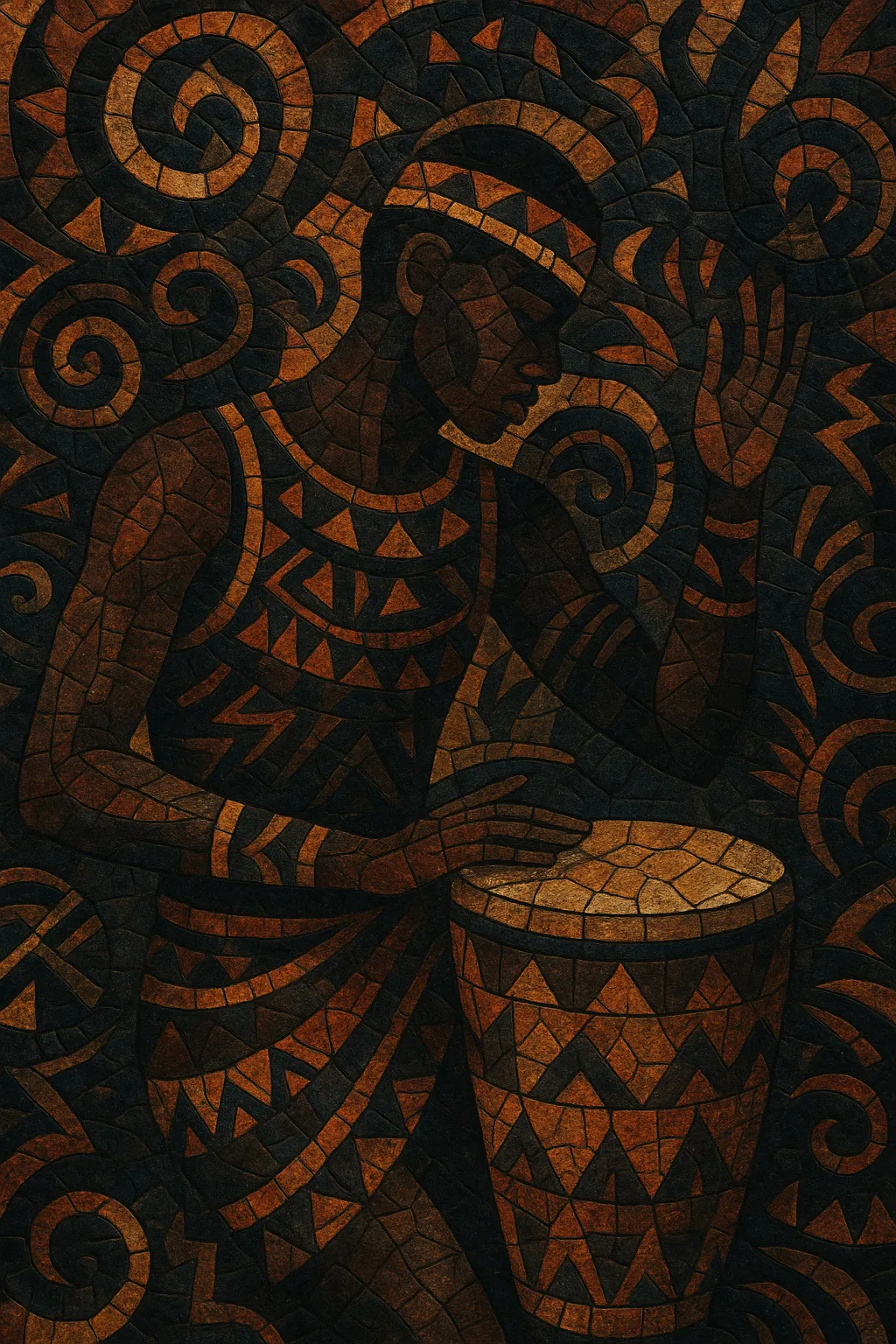Tribal house is a subgenre of house music defined by its heavy, layered percussion, hypnotic drum programming, and sparse, DJ‑friendly arrangements. It foregrounds congas, bongos, djembes, shakers, toms, and hand‑drum patterns over a steady four‑on‑the‑floor kick, often with polyrhythms and rolling fills that create a deep, driving groove.
The style tends to be dark, earthy, and club‑centric, favoring tension‑building loops, occasional spoken or chant‑like vocals, and minimal harmonic content. Typical tempos sit around 124–129 BPM, and tracks are arranged as long “drum tools” with extended intros/outros for seamless mixing, making the music a mainstay in late‑night New York and Miami rooms and, later, the Iberican scene.
Tribal house emerged in the early 1990s in the United States—particularly New York and Miami—when house producers began pushing percussion to the foreground. Labels and club residencies associated with deep and garage house encouraged drum‑heavy “tools,” while DJs extended breakdowns into long percussive passages. The sound drew on Afro‑Latin rhythmic vocabularies (hand drums, shakers, clave‑adjacent patterns) grafted onto house’s four‑beat pulse.
Notable catalysts included boutique imprints and parties that prioritized long, groove‑led sets. Producers such as Danny Tenaglia and the Miami duo Murk (Oscar G & Ralph Falcon) helped define the aesthetic with relentlessly percussive tracks and remixes tailored for late‑night floors.
By the late 1990s, tribal house had become a recognizable strand of club music. New York’s circuit of after‑hours venues and Miami’s scene popularized the dark, drum‑forward approach, while European labels and DJs embraced it for big‑room momentum. The early 2000s “Iberican” wave—spearheaded by Spanish and Portuguese artists—folded Mediterranean flavors into tribal’s framework, cementing its international footprint.
Signature records from this era leaned on chanted hooks, rolling toms, and DJ‑friendly structures, helping the sound cross into progressive and big‑room sets without losing its percussive identity.
From the mid‑2000s onward, tribal house both influenced and blended with tech house and progressive house, with producers emphasizing tighter, punchier drum design and sub‑focused bass. The template—heavy polyrhythms, long percussive builds, minimal melody—fed into later scenes such as UK funky and informed the percussion‑first ethos of many modern tech‑house tools.
Today, tribal house endures as a DJ language: its drum‑centric “tools” remain essential for momentum shifts, layering, and energy management in extended, groove‑driven sets.


